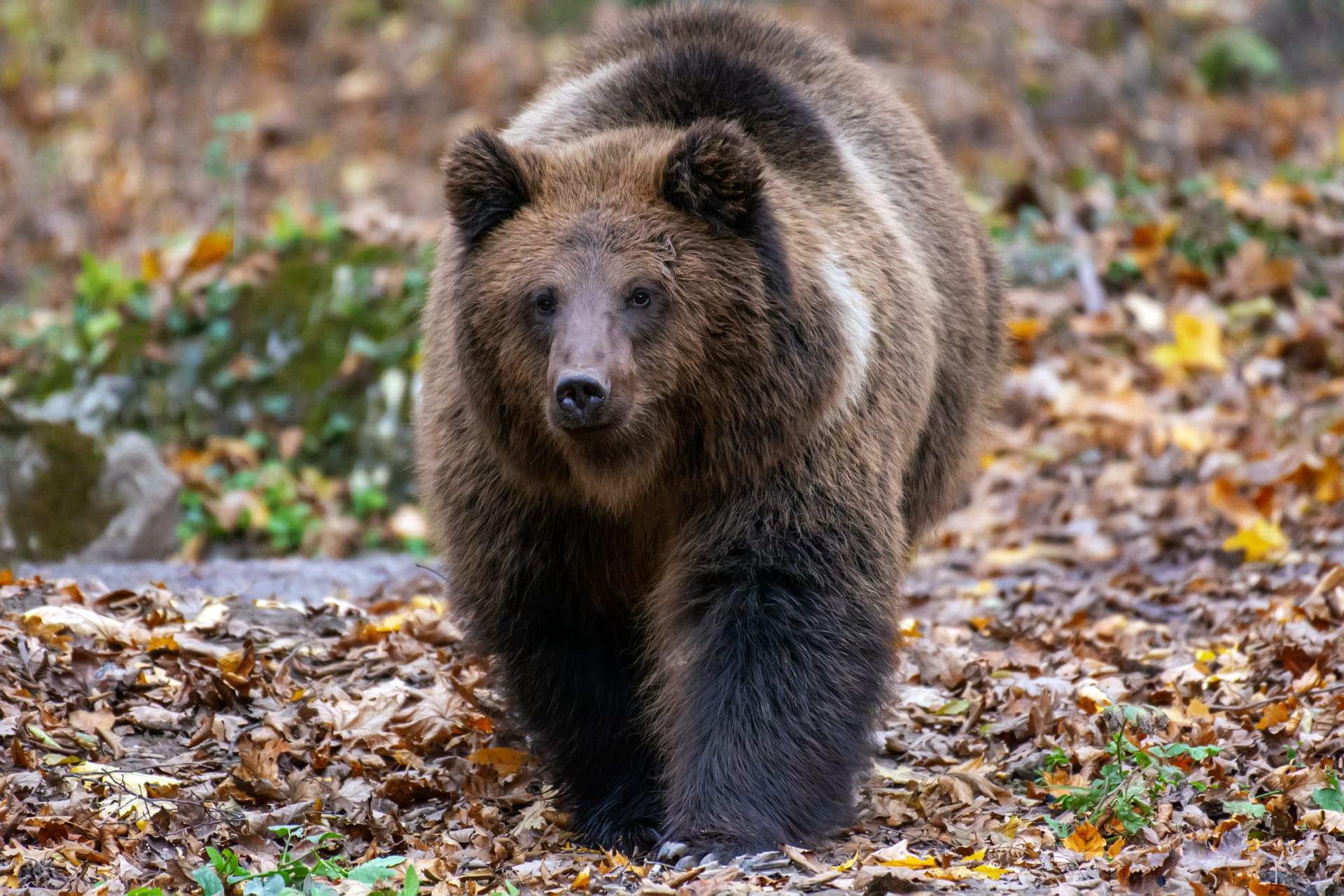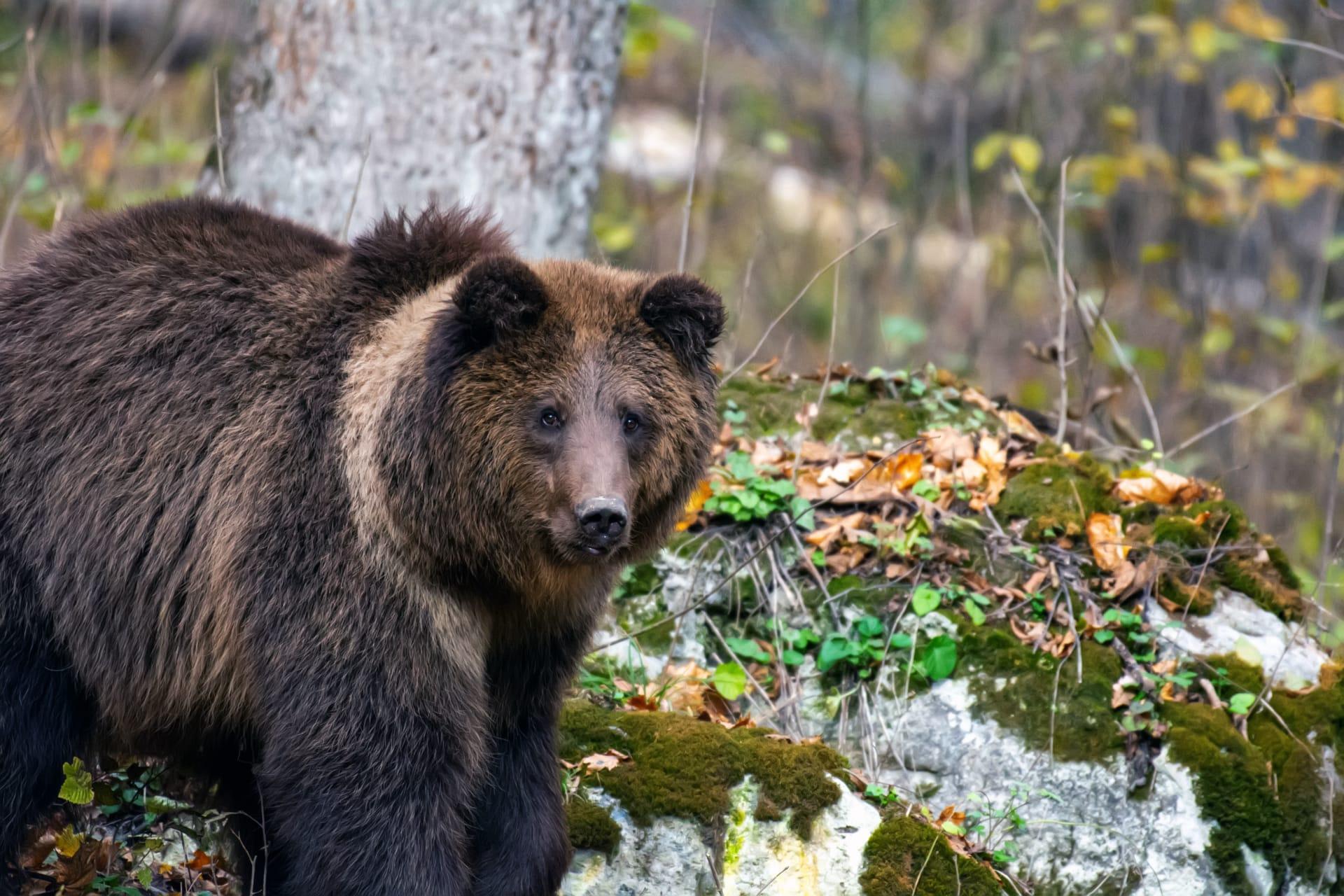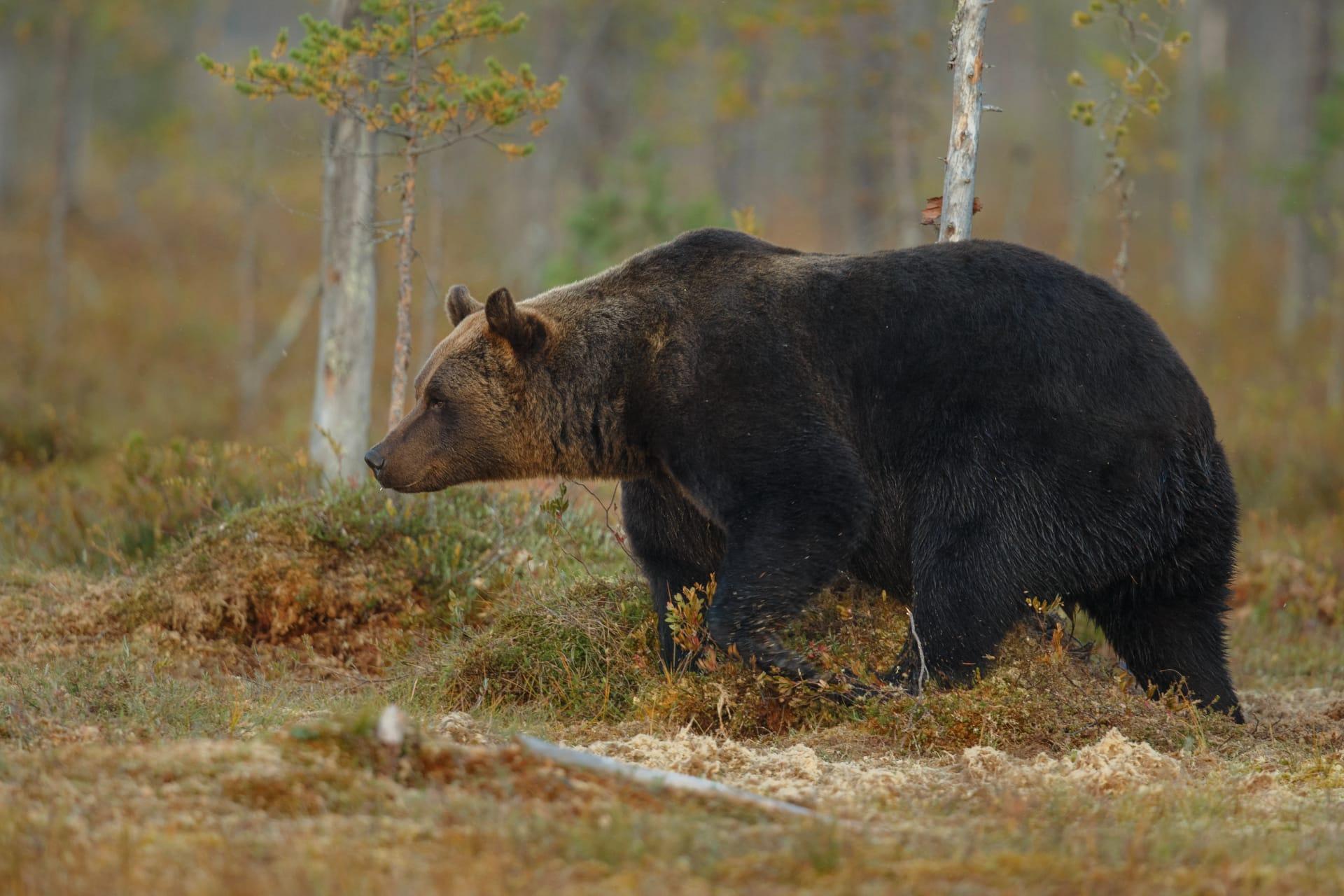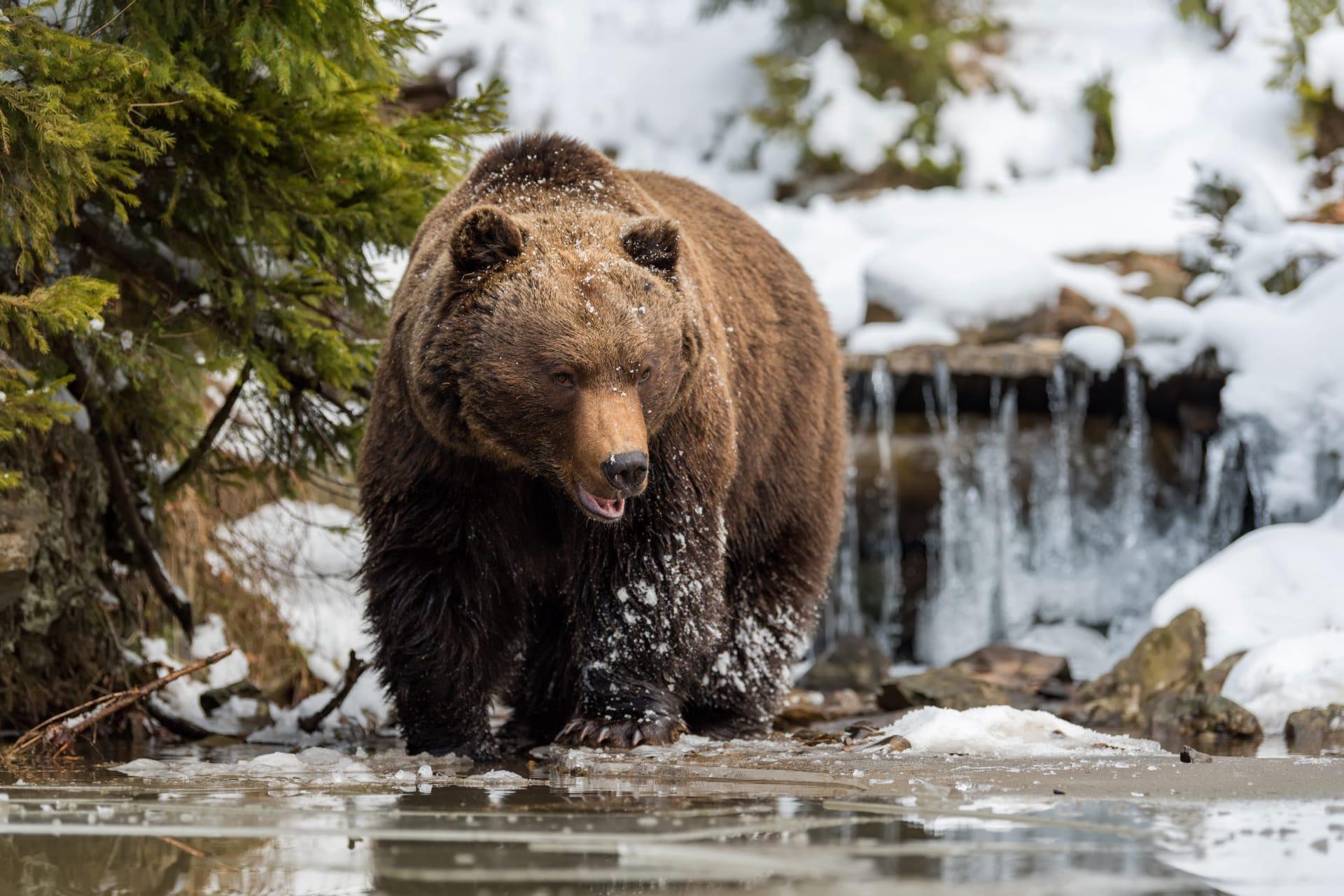1
Brown bears, known scientifically as Ursus arctos, are among the largest living terrestrial members of the order Carnivora, rivaled only by their close relative, the polar bear. Males can weigh up to 1,500 pounds, making them some of the heaviest terrestrial mammals. Their size is a result of their diet, which is omnivorous: their diverse menu ranges from fish, especially salmon during spawning season, to berries, nuts, leaves, and roots. This varied diet contributes to their size and strength.
Interestingly, brown bears have a remarkable sense of smell, superior to that of dogs and even seven times more sensitive than that of humans. This keen sense of smell helps them locate food, detect danger, and find mates over long distances. It's a crucial survival tool, especially in their vast wilderness habitats that stretch from North America to Eurasia.

2
Brown bears exhibit a behavior known as delayed implantation. The female brown bear mates during the spring or early summer, but the fertilized egg does not immediately implant in the uterus. Instead, it floats freely in the uterus for several months. Implantation and pregnancy development begin only if the female gains enough fat reserves to sustain the pregnancy through the winter. This adaptation ensures that the bear only gives birth when conditions are most favorable for the cubs' survival.
Despite their size, brown bears can run at speeds of up to 30 miles per hour. This speed is astonishing given their large body mass and is essential for hunting and escaping potential threats. It's particularly useful during salmon-catching season, where quick reflexes and speed are vital for a successful catch.

3
Brown bears have a massive geographical range, the widest of any bear species. They inhabit a variety of environments, from the forests of North America and Europe to the deserts of Mongolia and mountains of the Himalayas. This adaptability to different habitats is a testament to their versatility in diet and behavior. Their ability to hibernate, which involves lowering their metabolism and heart rate, further aids their survival in harsh climates.
These bears play a vital role in their ecosystems as apex predators. By controlling the populations of large herbivores like moose and elk, brown bears help maintain a balanced ecosystem. Additionally, their feeding habits, such as catching fish and digging for roots or rodents, help in nutrient distribution and soil aeration, contributing to environmental health.

4
When it comes to communication, brown bears are less vocal compared to other bear species. Instead, they rely heavily on body language, scent marking, and occasional grunts or growls. Facial expressions, such as jaw gaping, are also important in their social interactions. Scent marking by rubbing their bodies against trees serves as a way to communicate their presence, reproductive status, and individual identity to other bears in the area.
Brown bear cubs are born blind and weigh only about one pound, yet they grow rapidly thanks to the rich milk of their mother, which is 30% fat. The cubs stay with their mother for two to three years, during which time she teaches them vital survival skills such as hunting and foraging. This extended care ensures that the cubs are well-equipped to survive on their own in the wild.

5
Contrary to popular belief, not all brown bears hibernate. Bears in warmer regions, where food is available year-round, may not hibernate at all. Hibernation in brown bears is not a deep sleep; rather, it's a state of reduced metabolic activity. During this period, which can last for 5-7 months, they do not eat, drink, urinate, or defecate. They survive on their fat reserves accumulated over the summer and fall.
The claws of a brown bear are another fascinating feature. They can be up to four inches long and are not retractable. These long, strong claws are primarily used for digging roots or burrowing to find rodents and are also effective tools in tearing apart logs to access insects. Unlike other predators, their claws are not primarily weapons, but vital tools for foraging and digging.